Home /
Brugada algorithm (ventricular tachycardia vs. SVT with aberrant conduction)

Wide-Complex Tachycardia Has 3 Main Causes
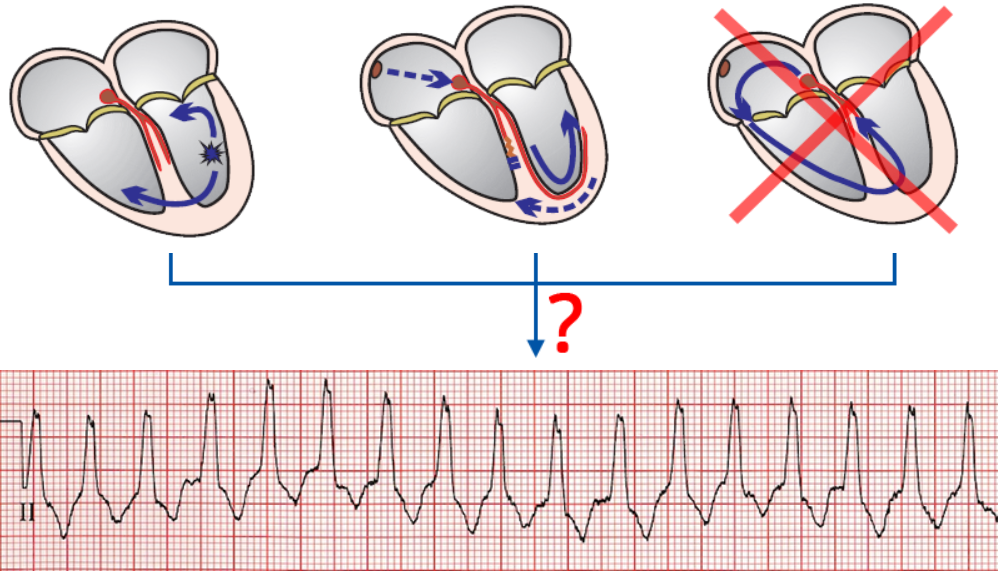
Wide-Complex Tachycardia

Brugada Algorithm (Part 1)

Brugada Algorithm (Part 2)
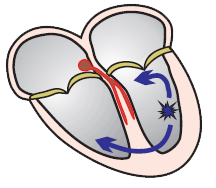

Wide-Complex Tachycardia


Narrow-Complex Tachycardia

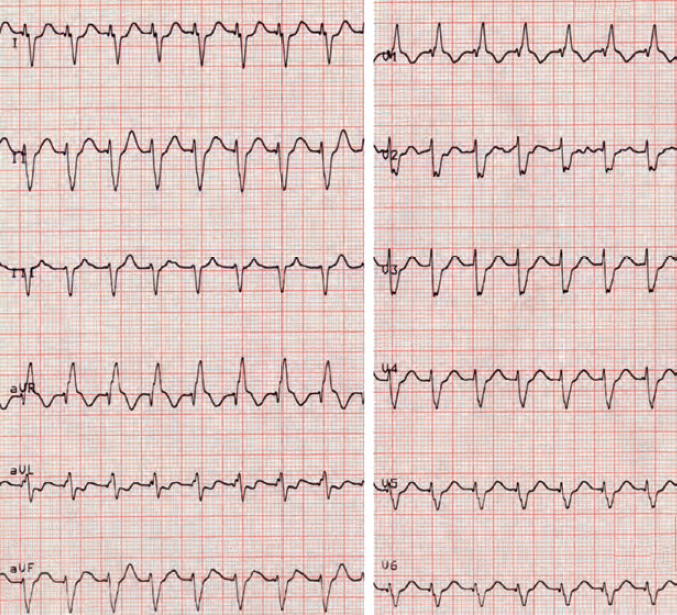
Wide-Complex Tachycardia


Wide Complex Tachycardia

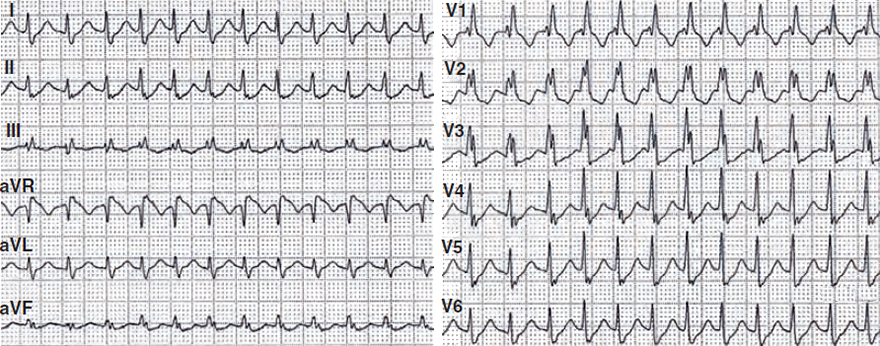
Wide Complex Tachycardia
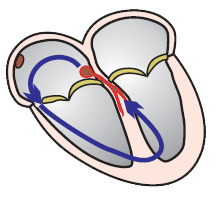

Wide Complex Tachycardia


Wide Complex Tachycardia

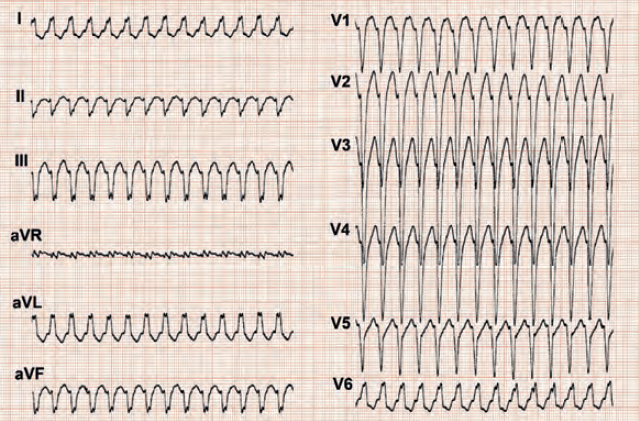
Wide Complex Tachycardia

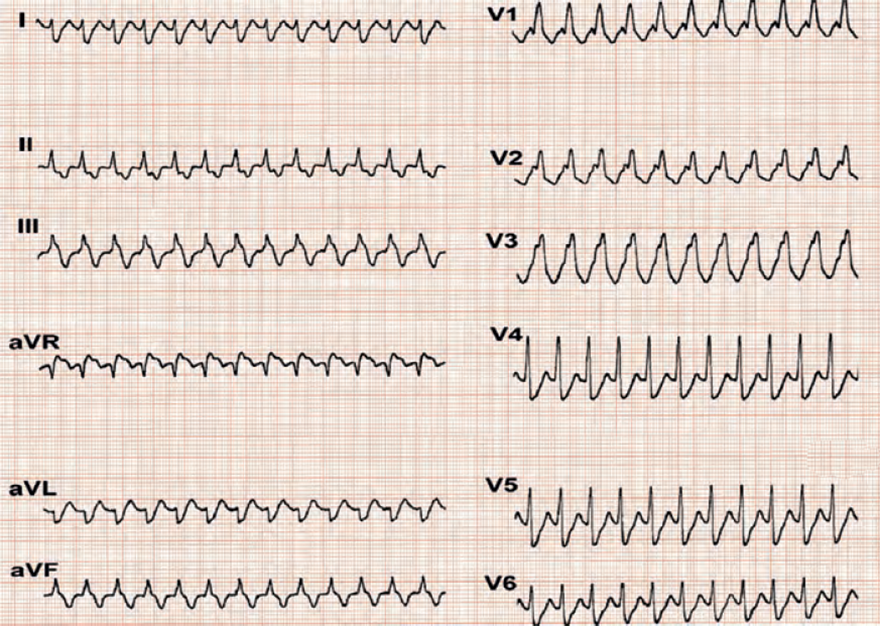
Wide Complex Tachycardia


Wide Complex Tachycardia

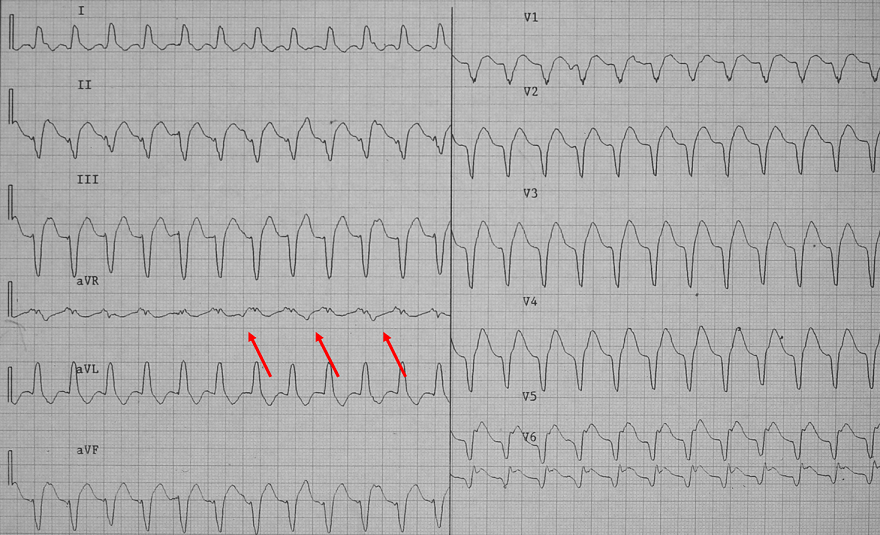
Wide Complex Tachycardia
Sources
Home /
Brugada algorithm (ventricular tachycardia vs. SVT with aberrant conduction)

|
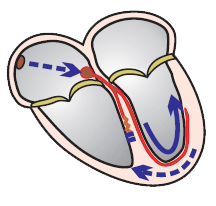
|

|


Wide-Complex Tachycardia Has 3 Main Causes

|

|

|


Wide-Complex Tachycardia

Brugada Algorithm (Part 1)
|

Brugada Algorithm (Part 2)

|
Wide-Complex Tachycardia
|

|

|
Narrow-Complex Tachycardia
|
 |

|
Wide-Complex Tachycardia
|
 |

|
Wide Complex Tachycardia
|

|

|
Wide Complex Tachycardia
|
 |

|
Wide Complex Tachycardia
|

|

|
Wide Complex Tachycardia
|

|

|
Wide Complex Tachycardia
|
 |

|
Wide Complex Tachycardia
|
 |

|
Wide Complex Tachycardia
|

|

|
Wide Complex Tachycardia
|

|
Sources